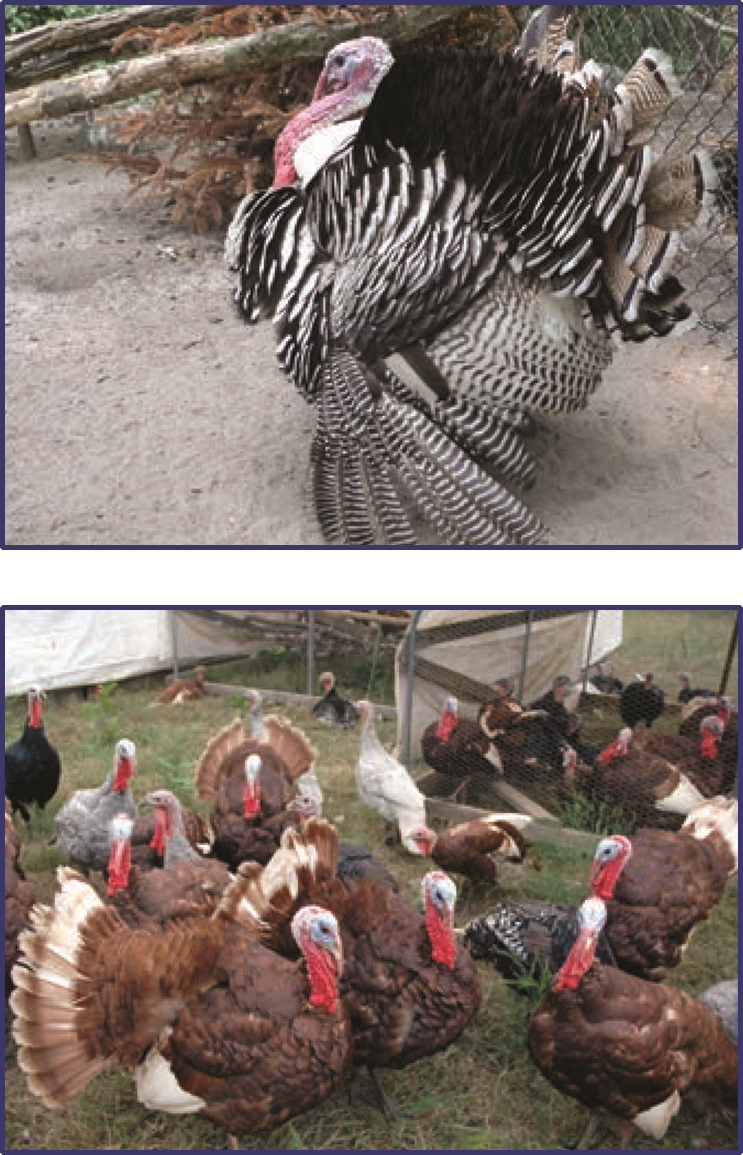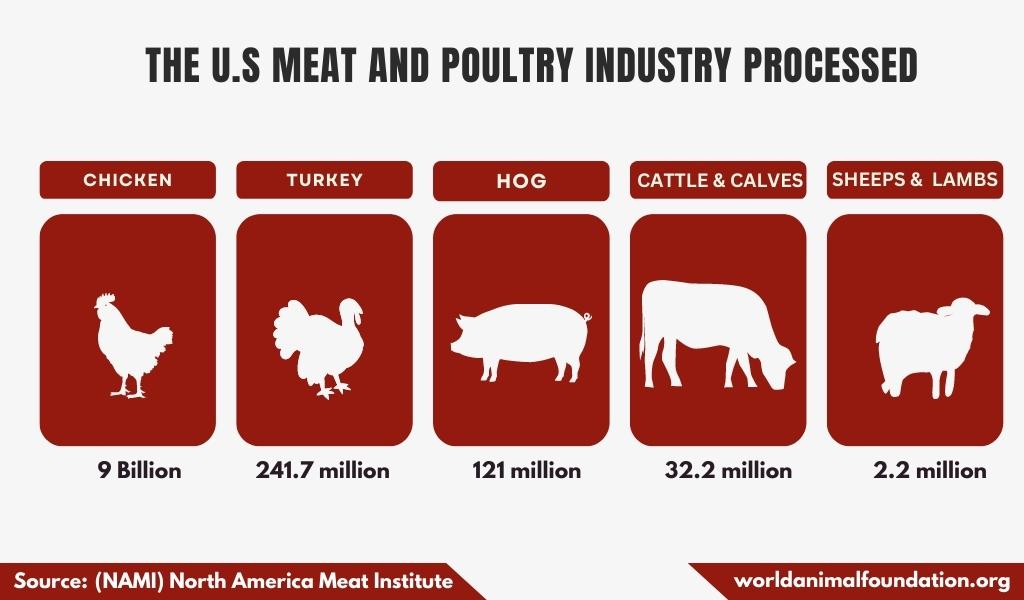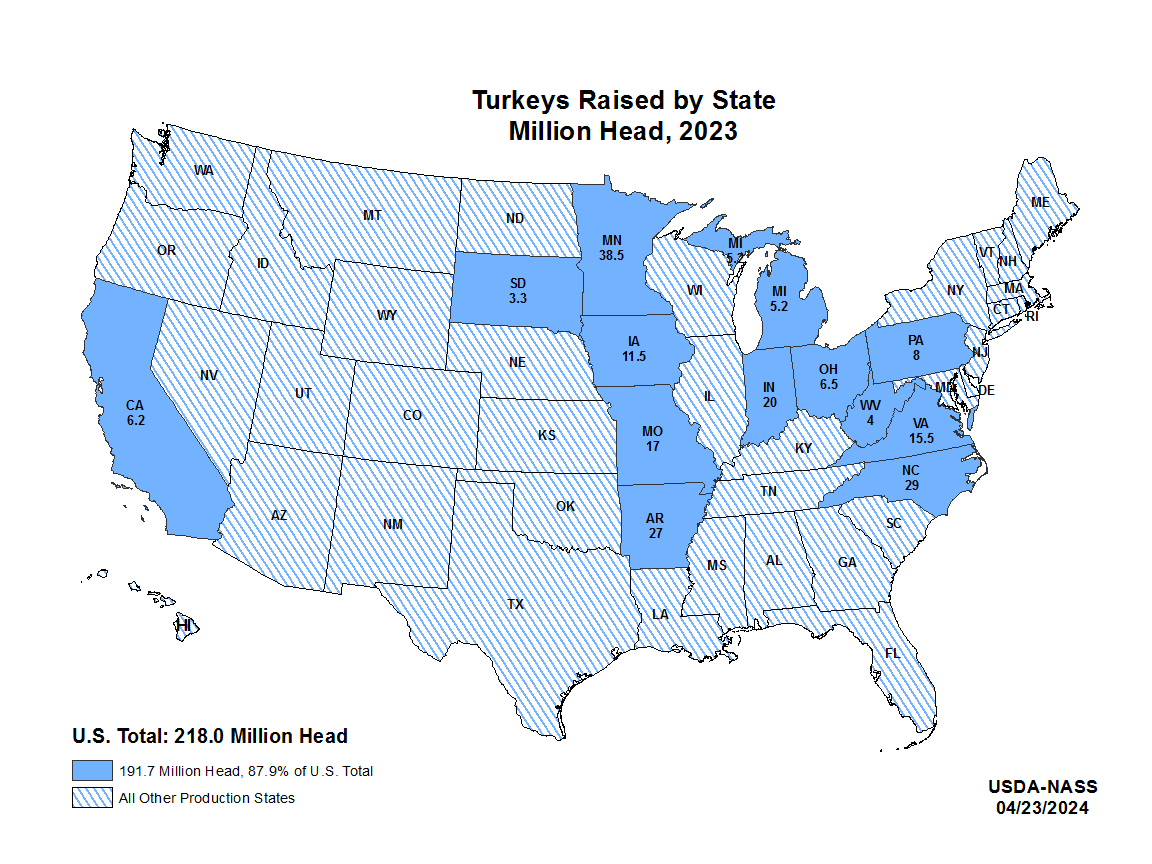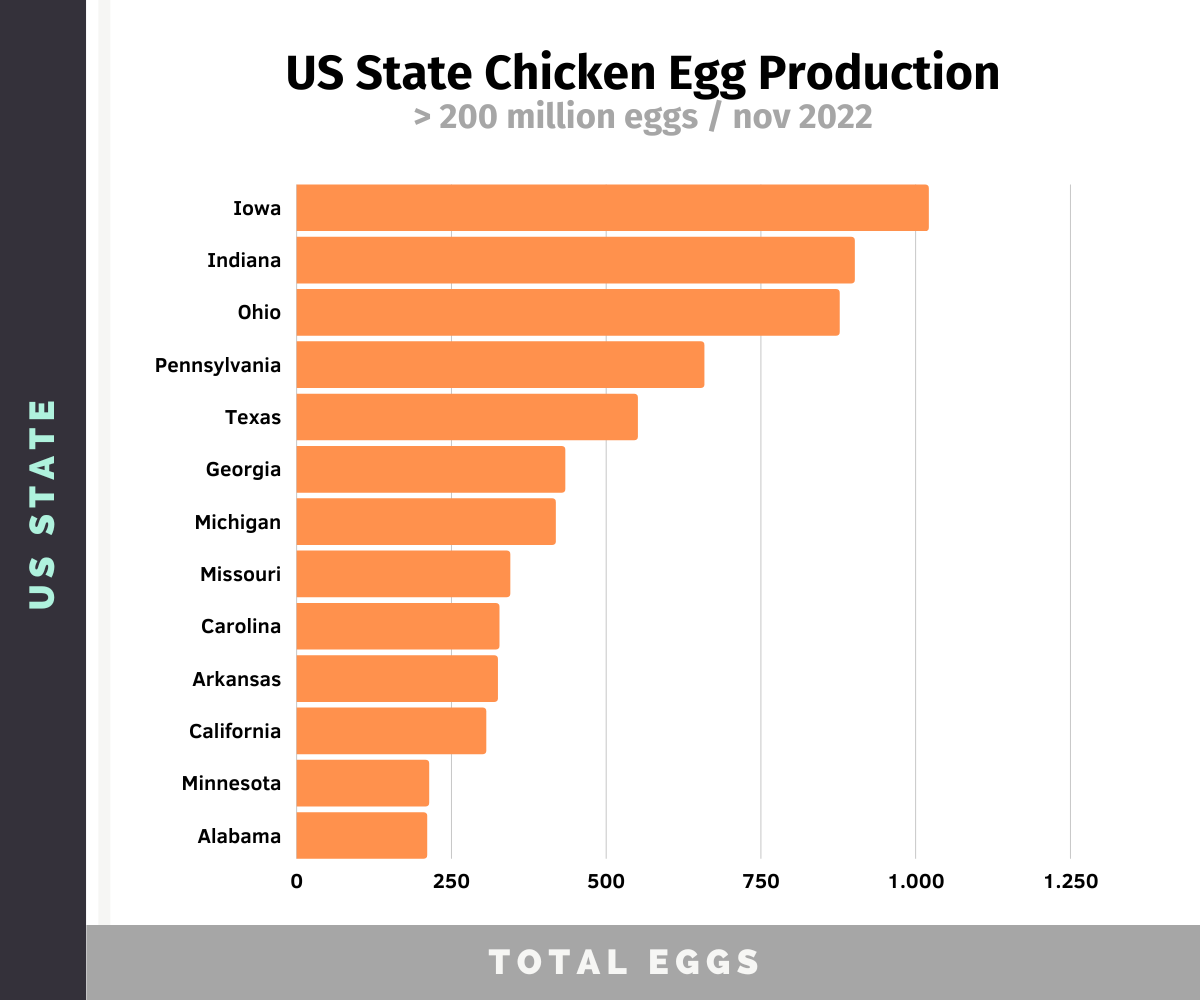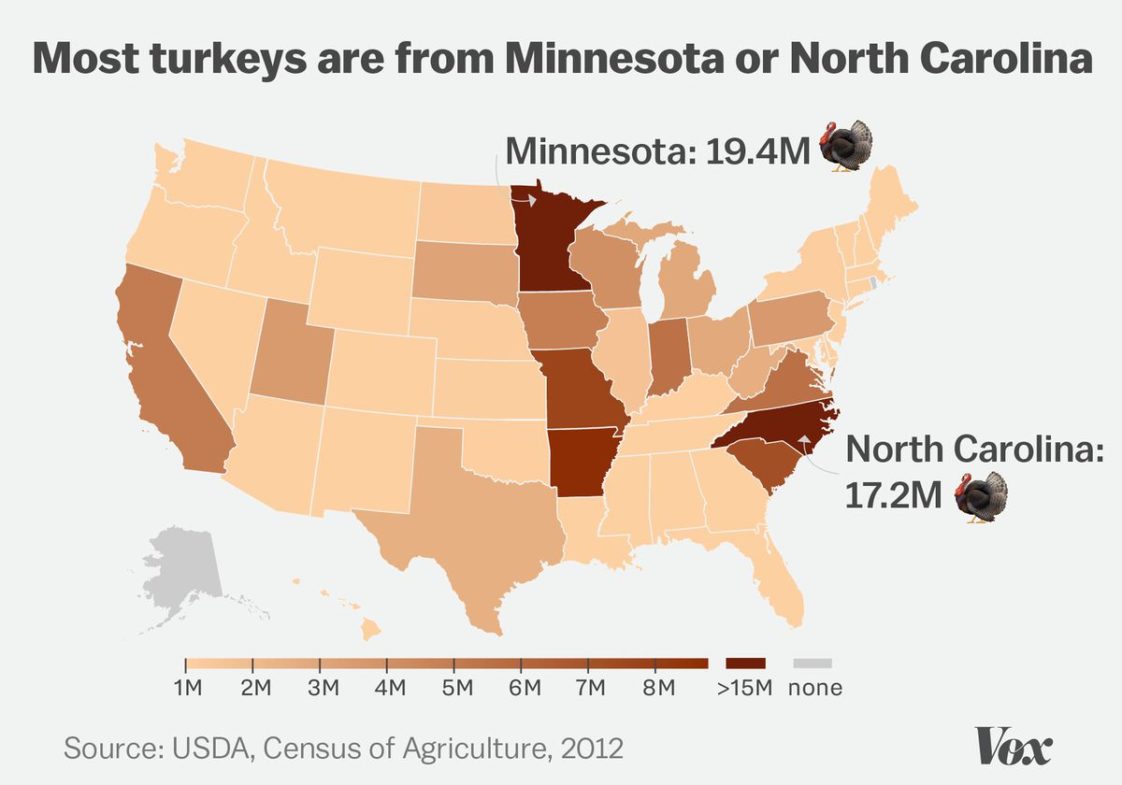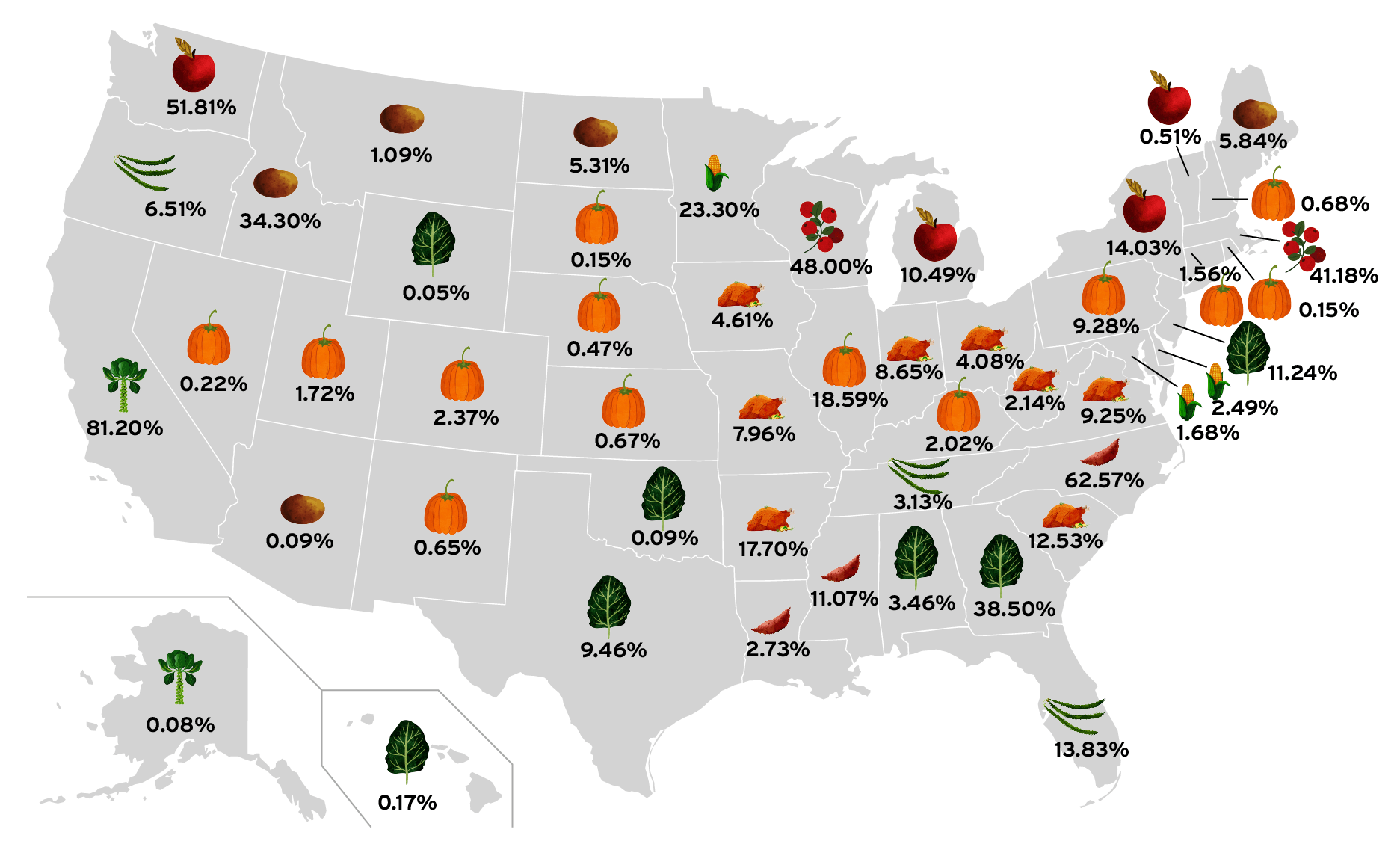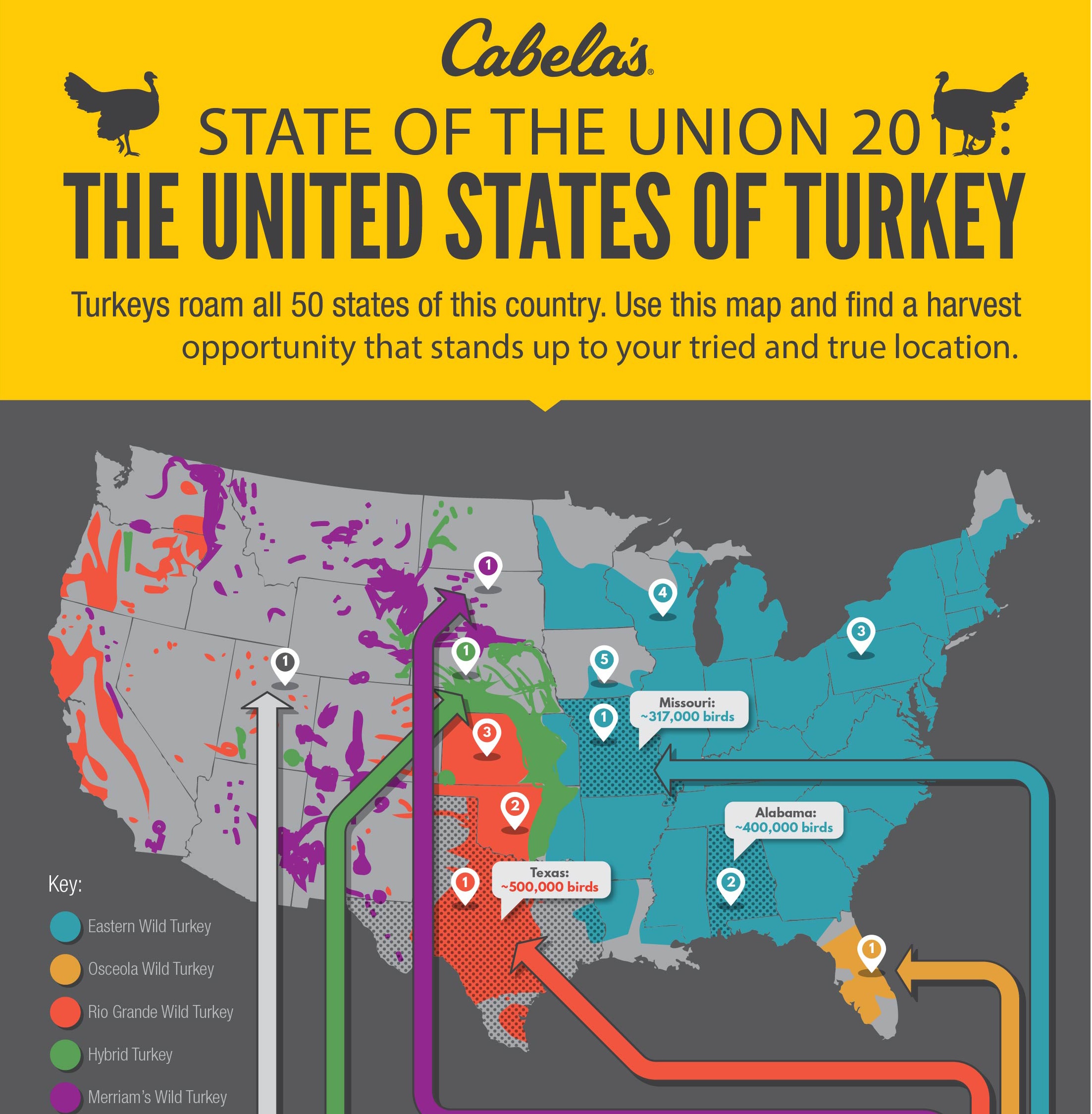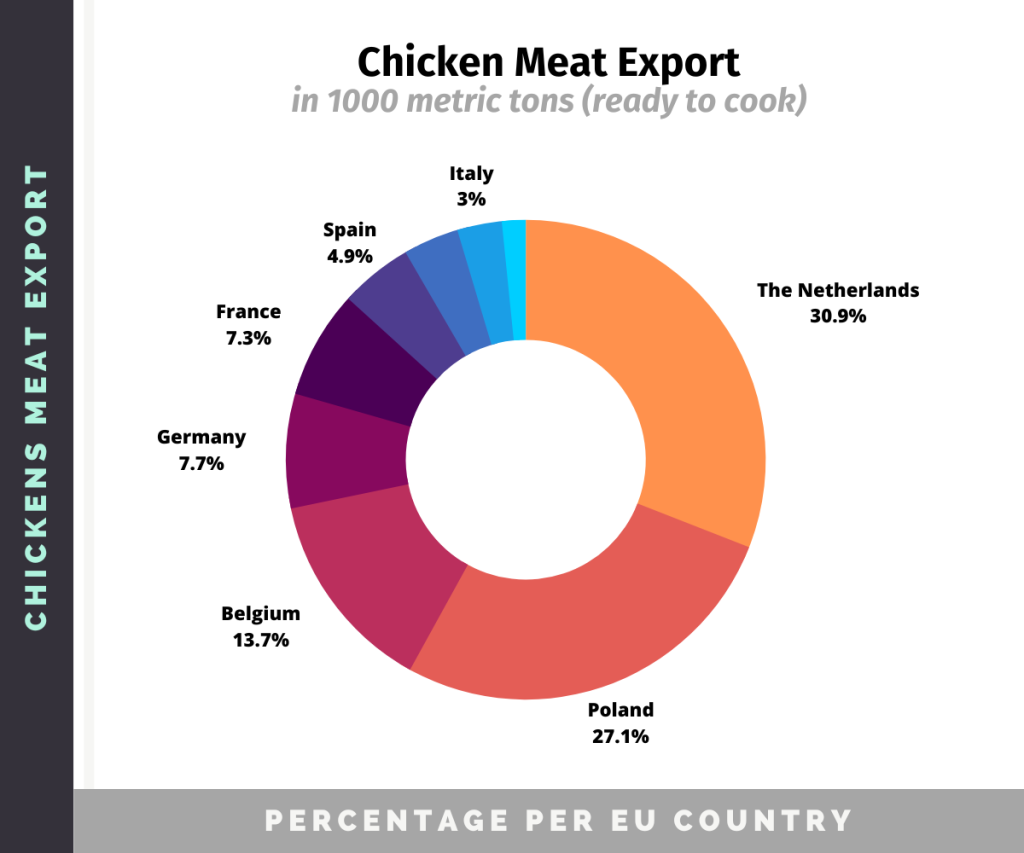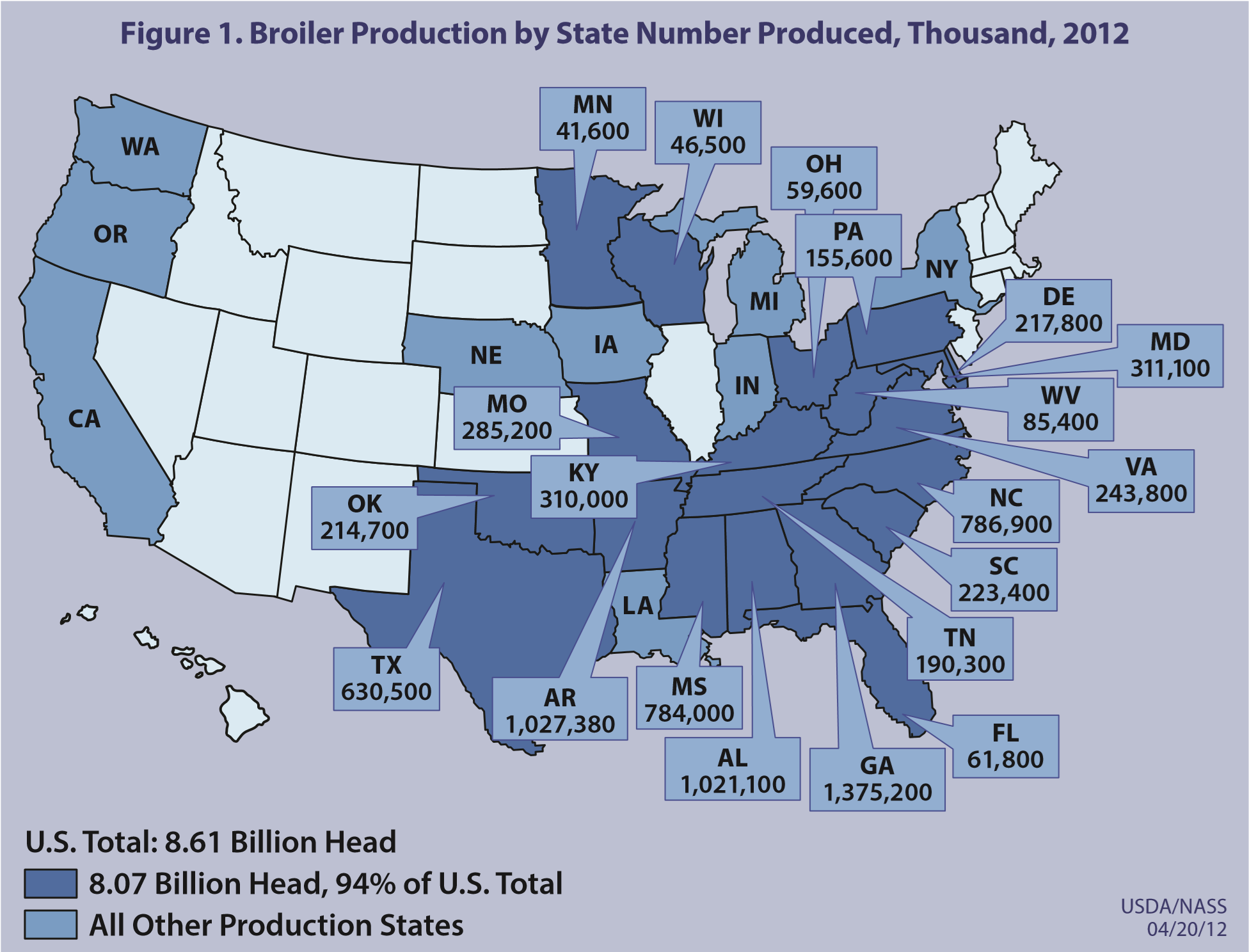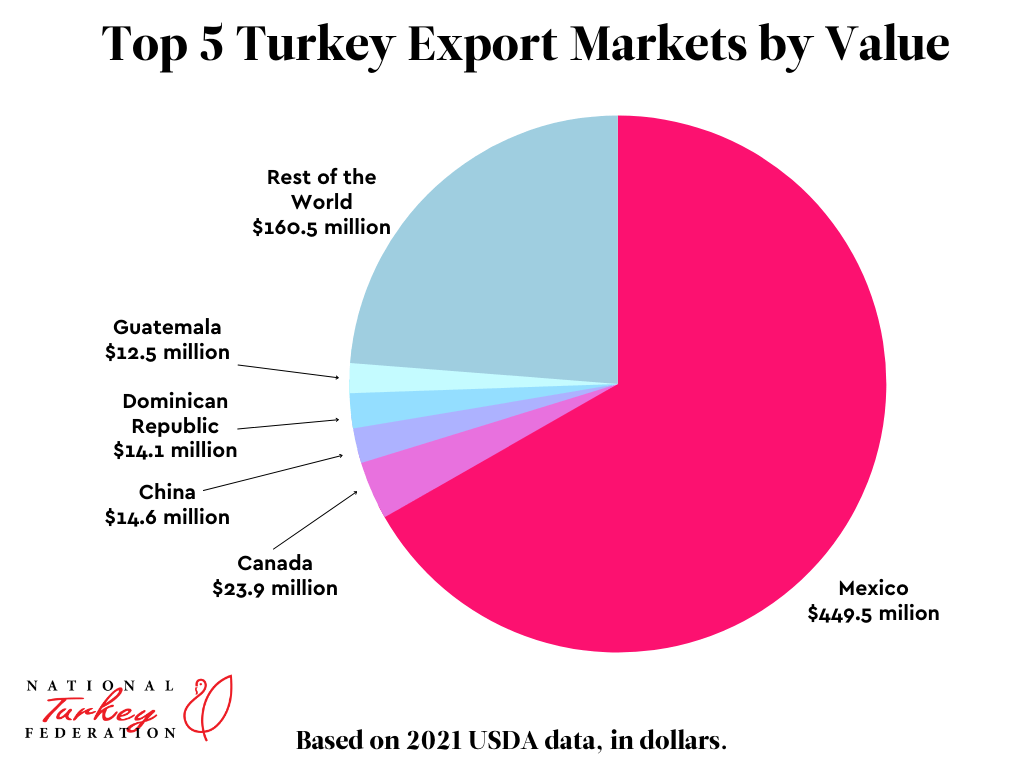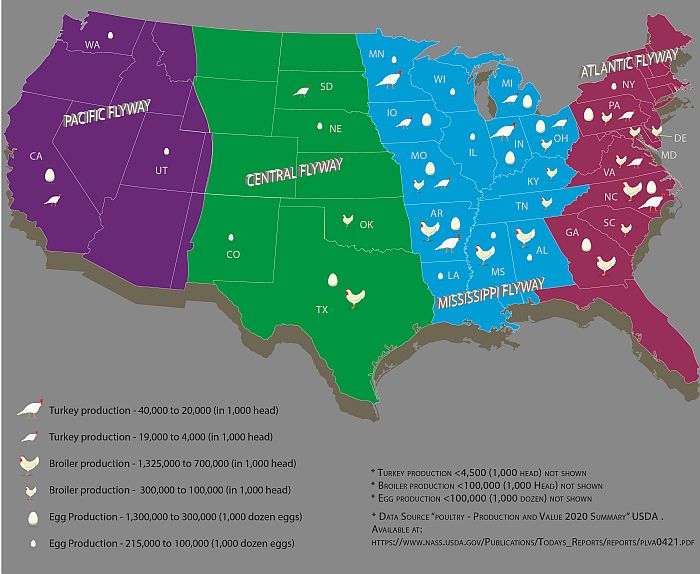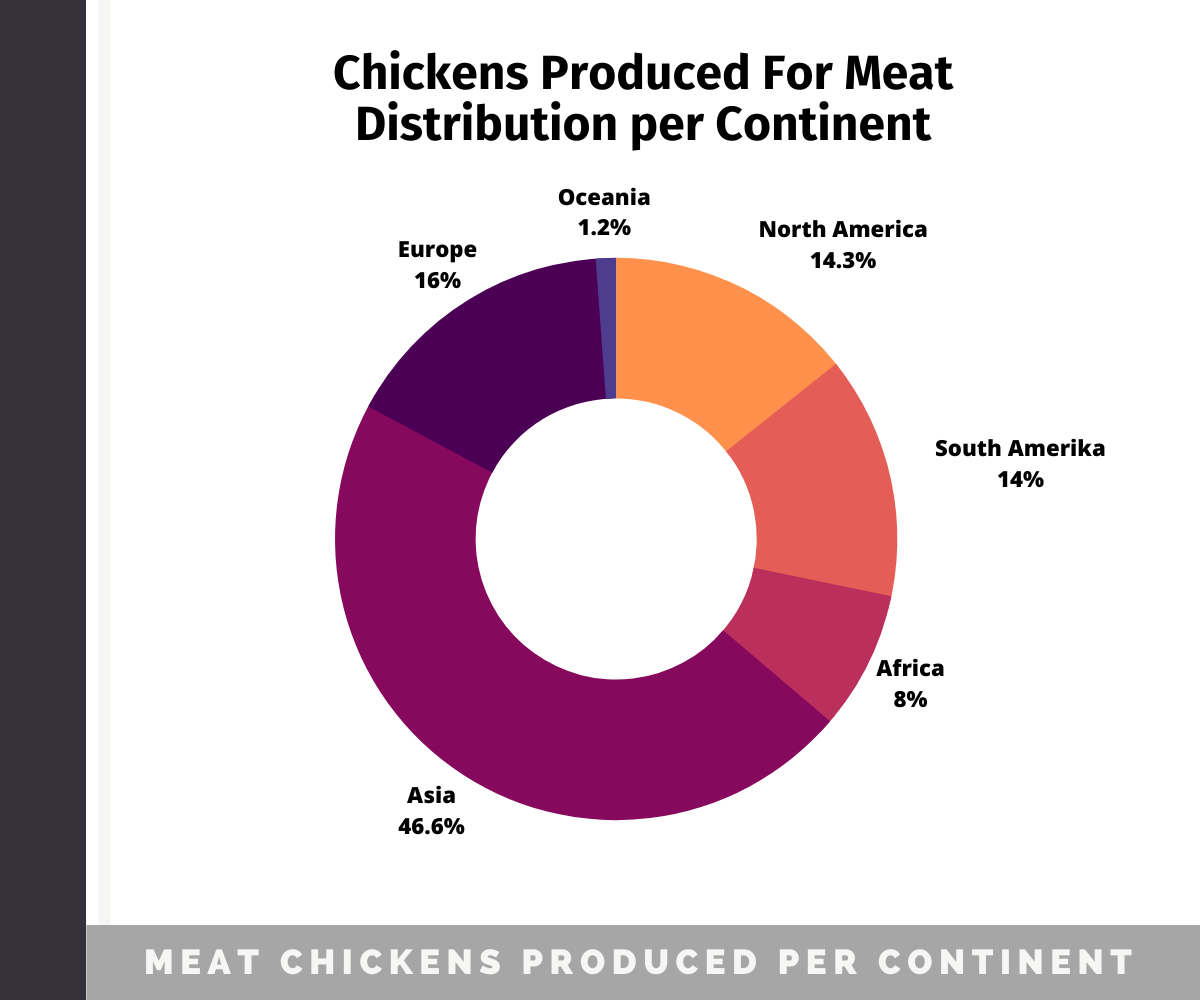Size And Scope Of Turkey Production In The United States
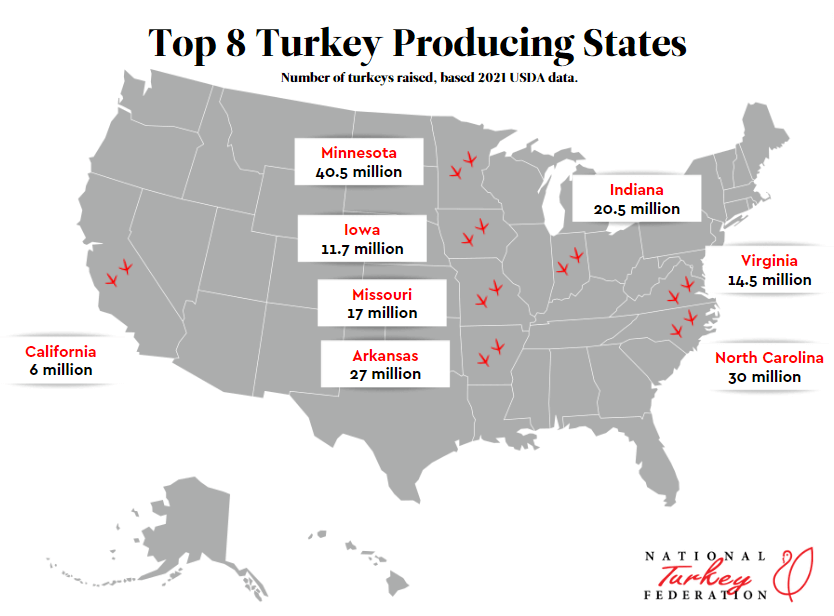
The United States stands as a global leader in turkey production, a cornerstone of its agricultural sector. From family dinners to processed foods, turkey meat finds its way onto tables across the nation. The industry's sheer size and the complex network that supports it make it a significant contributor to the American economy.
Understanding the magnitude of turkey production requires examining key aspects. These include production volume, geographical distribution, economic contribution, consumption patterns, and the industry's trends. Each of these elements plays a crucial role in shaping the landscape of this vital agricultural sector.
The Numbers: Production Volume and Geographical Distribution
In 2023, the United States produced over 5.6 billion pounds of turkey meat, according to the USDA's National Agricultural Statistics Service (NASS). This enormous figure highlights the industry's substantial output. This solidifies the US position as a top turkey-producing nation.
Production isn't uniformly distributed across the country. States like Minnesota, North Carolina, Arkansas, Indiana, Missouri and Virginia emerge as major hubs. Each state benefits from favorable climates, available resources, and established infrastructure supporting turkey farming. These regions specialize in various aspects of the production process, from raising poults (young turkeys) to processing and packaging the final product.
Minnesota often leads the pack, with North Carolina and Arkansas consistently ranking high. These states have invested heavily in turkey farming and processing facilities. This has enabled them to maintain a competitive edge in the national market. The concentration of production in these states also creates significant employment opportunities in rural communities.
Economic Impact and Employment
The economic contribution of the turkey industry is substantial. It generates billions of dollars in revenue annually. This includes not just the sale of turkey meat but also related industries like feed production, transportation, and processing equipment manufacturing.
The industry provides numerous jobs, both directly and indirectly. Farmers, processing plant workers, truck drivers, and retail staff all depend on the turkey industry for their livelihoods. These jobs are particularly important in rural areas where other employment opportunities may be limited.
The National Turkey Federation (NTF), a trade association representing turkey producers, estimates that the industry directly and indirectly employs hundreds of thousands of people across the United States. Their jobs range from scientific research in turkey health to marketing and sales of turkey products.
Consumption Patterns and Trends
Turkey consumption in the United States is closely tied to cultural traditions, particularly Thanksgiving. While Thanksgiving is the peak season, turkey consumption extends throughout the year. Americans consume turkey in various forms, including whole birds, deli meats, ground turkey, and processed turkey products.
Changing consumer preferences are driving trends within the industry. There's growing demand for leaner protein sources, and turkey fits the bill perfectly. Consumers are also increasingly interested in the origins of their food, leading to greater emphasis on locally sourced and sustainably raised turkey.
The rise of ground turkey as a versatile and healthy alternative to ground beef has also fueled demand. Turkey burgers, turkey meatballs, and turkey chili are now common menu items in homes and restaurants across the country.
Challenges and Opportunities
The turkey industry faces several challenges, including disease outbreaks, fluctuating feed costs, and environmental concerns. Avian influenza, in particular, can decimate flocks and disrupt production. Producers are continuously working to improve biosecurity measures and disease prevention strategies.
Sustainability is another key area of focus. Reducing the environmental impact of turkey farming is a priority. This is being achieved through improved waste management practices, more efficient feed utilization, and reduced water consumption.
Despite these challenges, the industry is adapting and innovating. The demand for turkey is expected to continue to grow. This is driven by its health benefits and versatility as a protein source. Advances in genetics, nutrition, and management practices are improving the efficiency and sustainability of turkey production.
The Future of Turkey Production
The U.S. turkey industry is a dynamic and vital part of the nation's agricultural landscape. Its vast scale and economic significance are undeniable. As consumer preferences evolve and new challenges emerge, the industry is likely to continue to adapt and innovate.
Looking ahead, the industry will likely focus on enhancing sustainability and improving animal welfare. Producers will also prioritize disease prevention and biosecurity. This will ensure a stable and reliable supply of turkey meat for consumers.
Ultimately, the future of turkey production in the United States hinges on the industry's ability to balance efficiency with responsible farming practices. In doing so, they can continue to meet the demands of a growing population while minimizing their environmental footprint. The industry’s impact extends beyond just providing food; it supports communities and contributes significantly to the nation's economic health.
